A render scale setting produces a screen display corresponding to what would be shown in a printed copy at that scale. When developing layouts, we can preview the final print version by locking a layer to a specified render size that is the same scale we would like to use in a printed edition. Still, trying to understand what is render scale? Scroll down to learn more.
What Is Render Scale?
The render scale is the proportion of your selected resolution that the game should produce. For example, if you choose 1440p and set this to 100, your game will output at that resolution. If you put your render scale to 70, you’ll get 70% of the 1440p resolution, closer to 1080p.
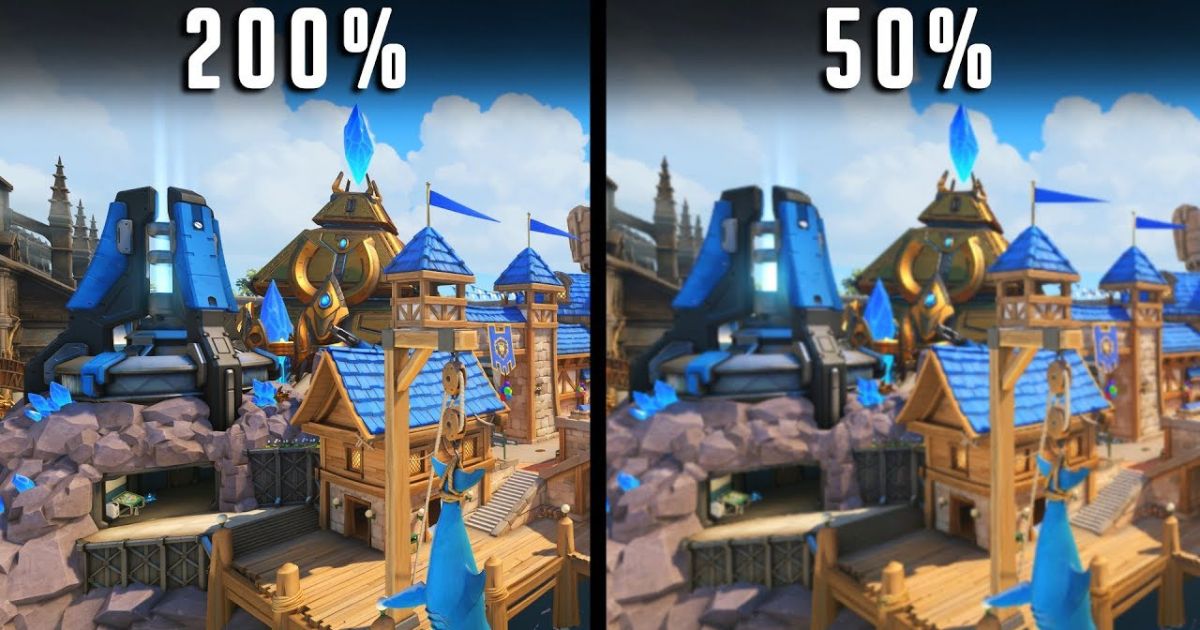
Lowering your render size will reduce system load while increasing FPS as a trade-off for image quality. Render scale is a fantastic option if you want a nice performance gain but are okay with having a visually appealing game. But keep in mind that being able to see what’s going on is always beneficial. A short pile of crap is still a pile of rubbish.
Read more: what is 3d rendering?
What Is Render Resolution?
The rendering resolution is the number of pixels, including dots or colored squares, per unit area of the picture. This quality is quantified in dots per inch (dpi) or “pixels per inch” (PPI) on a printed image (displayed on a screen).
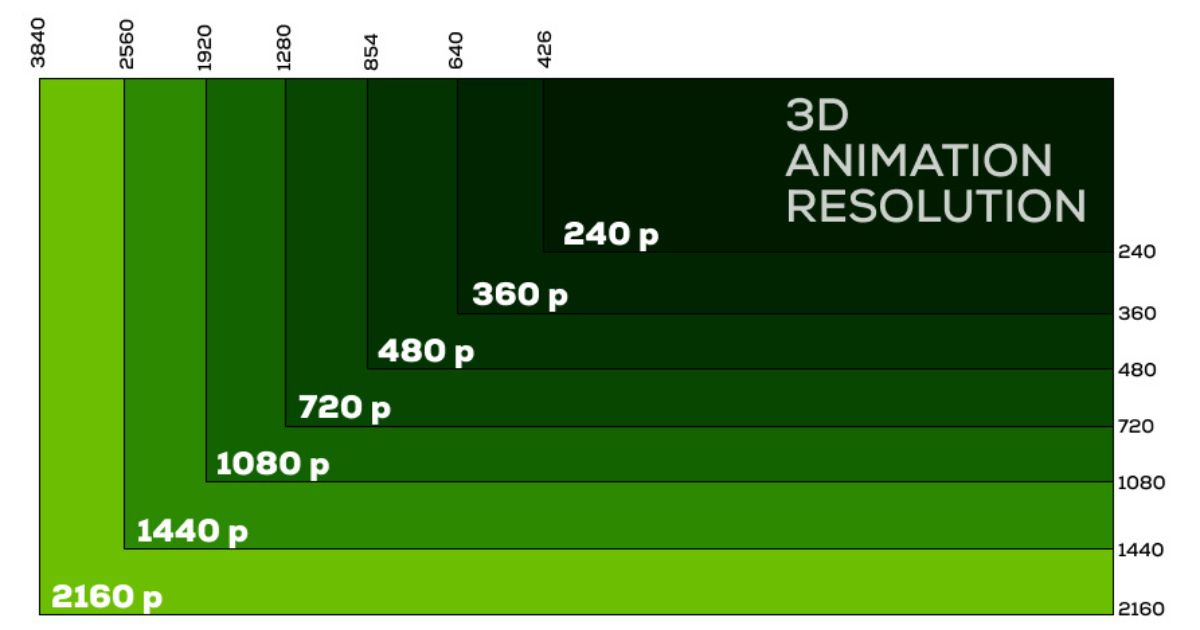
The picture resolution determines the render quality, and the image’s height and breadth are displayed as two numbers. In this case, the height and width are both represented in pixels. For example, a render with a resolution of 3000×2000 is 3000 pixels wide and 2000 pixels height. It is about high-quality 3D visuals (HD renders).
Image Resolution As An Absolute Size Definition
The term “resolution” can also refer to a pixel’s actual or apparent size. This word is common in the printing industry. What is the size of a pixel? Because a digital image’s pixels are not actual, they do not have a size.
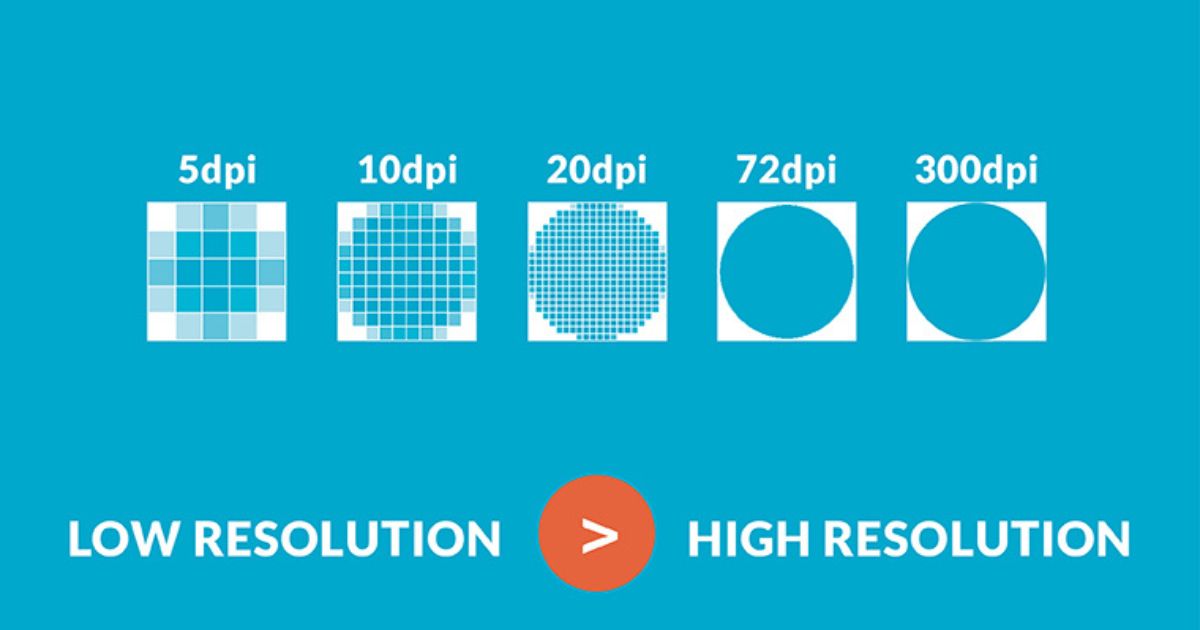
Resolution relates to the size of the pixels themselves, whereas render resolution refers to the number of pixels that fit into one inch.
Image Resolution Requirements for Printing

When we transfer an image to a specified output device, its resolution becomes significant since each device or media requires a specific base resolution to replicate the picture as accurately as possible. Let’s see the following requirements for image resolution:
Print Publication
When offset printing, the picture resolution should be twice as high as the screen resolution utilized to print the image on good-quality paper. Because the typical screen rule for printing magazines is 150 or 175 LPI, photographs must be 300 dpi.A lower resolution of 220 to 250 dpi is sufficient for most people. The printer may recommend a higher resolution for high-quality 3D-produced images with significant patterns, such as brick walls or patterned clothes. Typically, many artists use 400 dpi for these photographs.
Publication in a newspaper
Newspapers print faster on cheaper paper. As a result, the resolution requirements are less stringent than for logs. For instance, a resolution of 200 to 250 dpi would be commonly appropriate, while 400 to 600 dpi is a good choice for line pictures.
Printing of banners
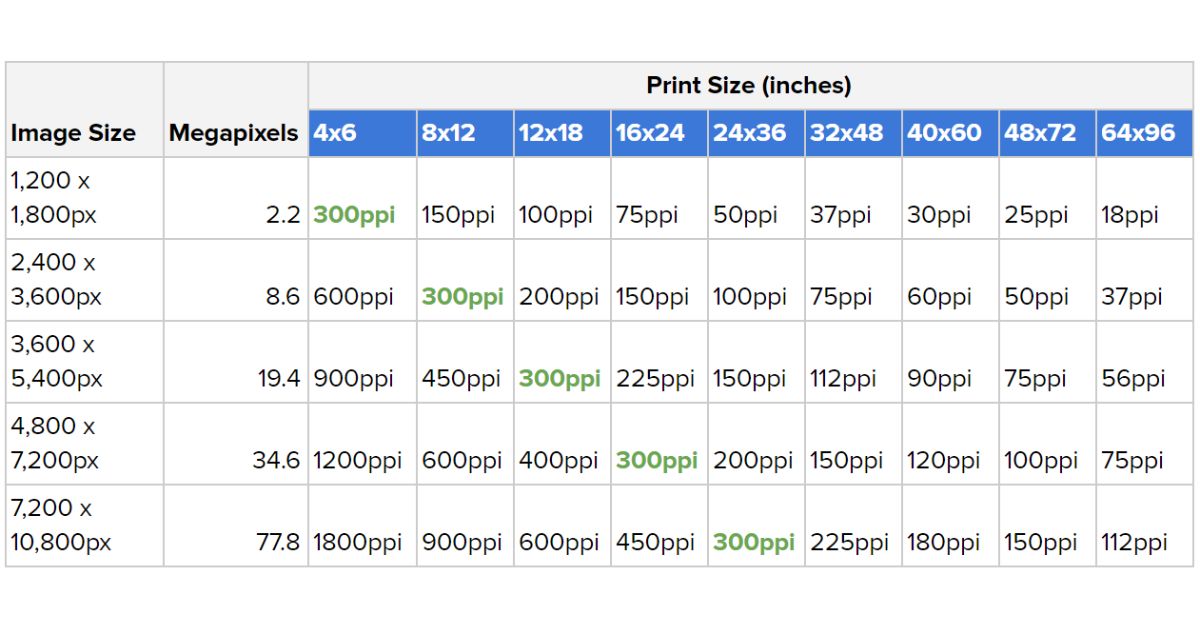
When an artist prints a picture larger, its resolution should drop, and the primary cause is an increase in viewing distance. Many digital cameras are more than capable of creating such files, given that 30 dpi is typically sufficient for large billboards.
Photo printing

The best resolution for high-quality photo printing is 250 dpi. Although the printer can print tiny dots, it can only reproduce colors consistently by merging several small dots to represent different hues. From a 250 dpi picture, a 1000 dpi printer offers excellent print quality.
Which Render Resolution Should You Use?
There is no definitive view about the default parameters for each render; instead, each artist customizes it based on the situation, task, and desired degree of quality. For early renderings, resolutions of 720 x 480 pixels or 1800 × 1200 pixels are usually sufficient. If you wish to improve the quality, you can use 1200×1500 px initially and 3000×2400 px.
Resolution For Animation
The projection medium frequently influences the resolution of an animation. As a result, while determining the size of your animation, you should keep your media constraints in mind.

An animated billboard, for example, has a better resolution than a video on a laptop screen. 1920x1080p at 72 dpi is the most preferred resolution for animated architectural images (full HD).
EPS – Typical Resolution For Animation Resolution
EPS is a vector file format for professional, high-quality picture printing. PostScript printers and image setters commonly use EPS to create enormous, detailed graphics such as billboard advertising, large posters, and attention-grabbing marketing brochures.
Render Scale For Overwatch
Overwatch’s decent resolution setting is vital since every tiny detail is significant.
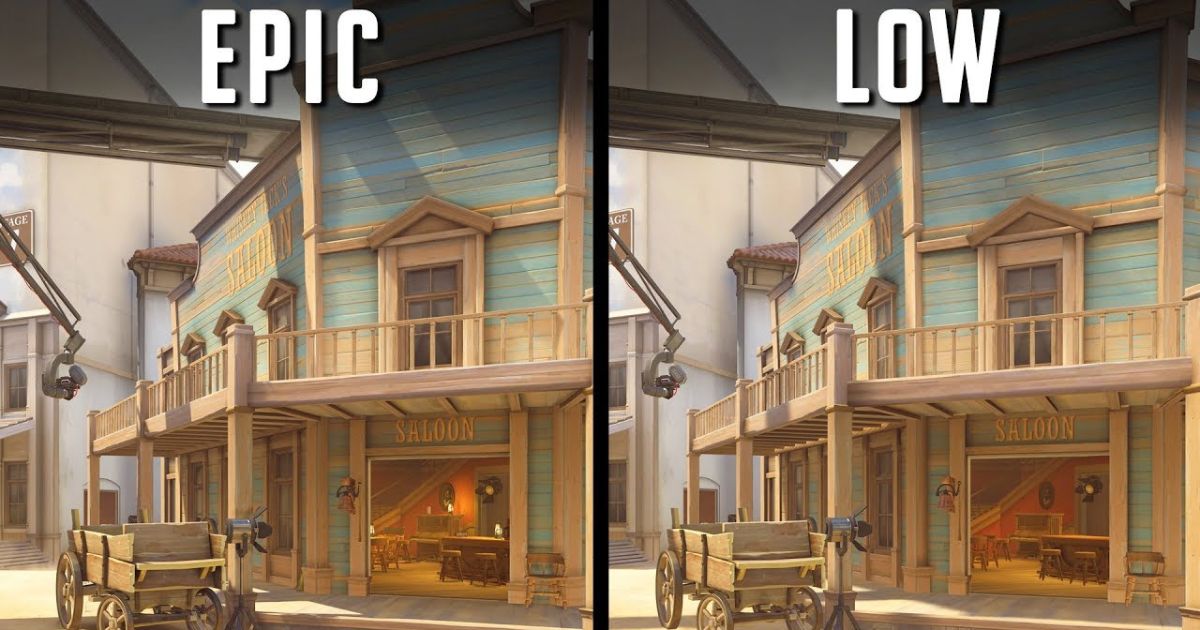
Lowering the rendering scale may result in more excellent frame rates; for example, setting the rendering scale to 70% may result in twice the frames per second than typical. That may sound appealing, but it has significant implications for online gaming, particularly in a game like Overwatch.
Frequently Asked Questions
Does lowering the render scale affect FPS?
Yes, it does. Lowering your render scale will reduce system load while increasing FPS as a trade-off for image quality.
Is higher render resolution better?
Without a doubt, sure. High-quality representations require better resolution. The greater the value of this parameter, the more detailed and high-quality the render.
Does scaling affect FPS?
Scaling reduces FPS by accommodating input latency. However, if you have a strong graphics card, this does not affect performance.
Conclusion
As you can see, high-quality representations require better resolution. In this article, we have identified the definition of render scale and render solution, as well as some information needed relating to this topic. After our clear answer to the question: What is render scale? You may also be interested in our 3D Product Rendering Services
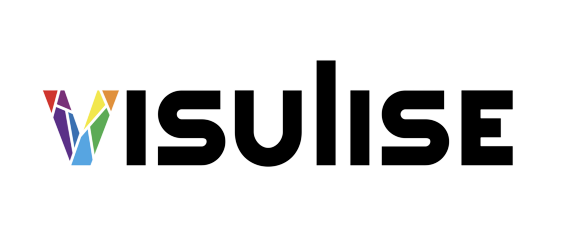
Related Posts: